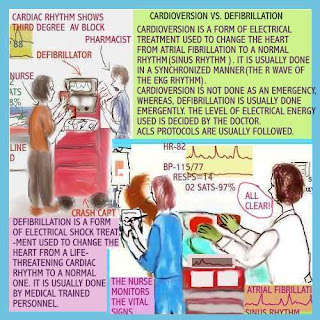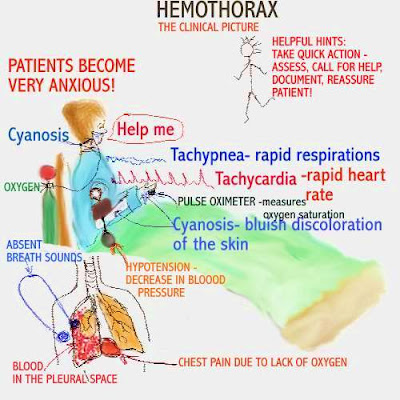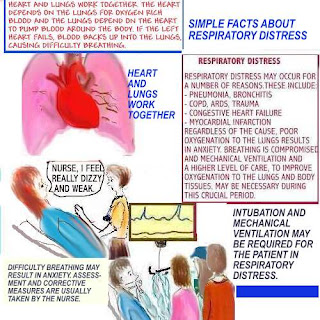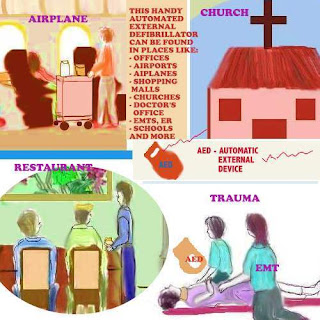What is special about the heart and lungs? The heart and lungs depend on each other and have to work together. The heart depends on the lungs for oxygen rich blood, and the lungs depend on the heart to pump blood around the body. If the left side of the heart fails, blood will backup into the lungs, causing difficulty breathing. What are some of the causes of respiratory distress? Pneumonia, COPD, ARDS, trauma, congestive heart failure, Myocardial Infarction, and more. Regardless of the cause, poor oxygenation to the lungs results in anxiety. Breathing is compromised, and intubation, mechanical ventilation, or/and a higher level of care may be needed to improve oxygenation to the lungs and body tissues during this crucial period. Enjoy watching the video: Sessions 44- The patient on mechanical ventilation

























